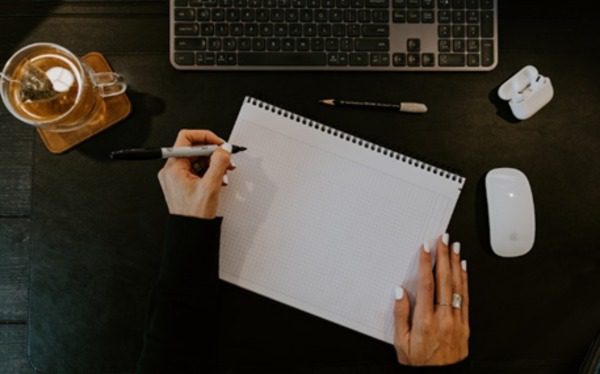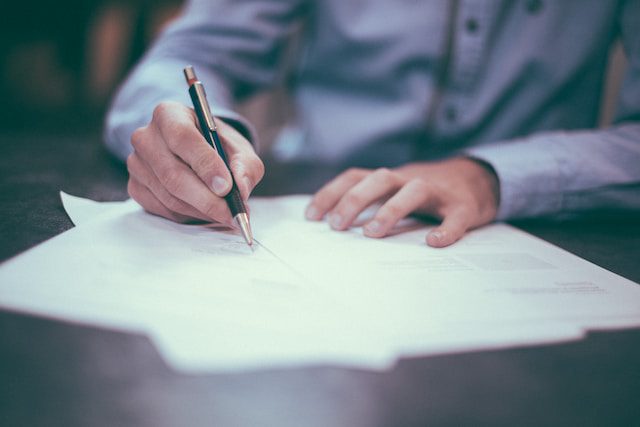Summary of Manifold-guided Lyapunov Control with Diffusion Models, by Amartya Mukherjee et al.
Manifold-Guided Lyapunov Control with Diffusion Models
by Amartya Mukherjee, Thanin Quartz, Jun Liu
First submitted to arxiv on: 26 Mar 2024
Categories
- Main: Computer Vision and Pattern Recognition (cs.CV)
- Secondary: Machine Learning (cs.LG); Differential Geometry (math.DG); Optimization and Control (math.OC); Computation (stat.CO)
GrooveSquid.com Paper Summaries
GrooveSquid.com’s goal is to make artificial intelligence research accessible by summarizing AI papers in simpler terms. Each summary below covers the same AI paper, written at different levels of difficulty. The medium difficulty and low difficulty versions are original summaries written by GrooveSquid.com, while the high difficulty version is the paper’s original abstract. Feel free to learn from the version that suits you best!
| Summary difficulty | Written by | Summary |
|---|---|---|
| High | Paper authors | High Difficulty Summary Read the original abstract here |
| Medium | GrooveSquid.com (original content) | Medium Difficulty Summary The paper proposes a novel method for generating stabilizing controllers for complex dynamical systems using diffusion models. It aims to develop control functions by identifying the closest asymptotically stable vector field relative to a predetermined manifold, and adjusting the control function based on this finding. The approach employs a pre-trained diffusion model trained on pairs of asymptotically stable vector fields and their corresponding Lyapunov functions. Numerical results show that this pre-trained model can efficiently and rapidly stabilize previously unseen systems, highlighting its potential in fast zero-shot control and generalizability. |
| Low | GrooveSquid.com (original content) | Low Difficulty Summary This paper creates a way to make complex systems more stable using special kinds of computer models called diffusion models. It wants to find the most stable “pattern” for controlling these systems and then adjust the controls based on that pattern. The method uses a pre-trained model that has learned about what makes some patterns stable, which helps it stabilize new systems quickly and accurately. |
Keywords
* Artificial intelligence * Diffusion * Diffusion model * Zero shot




